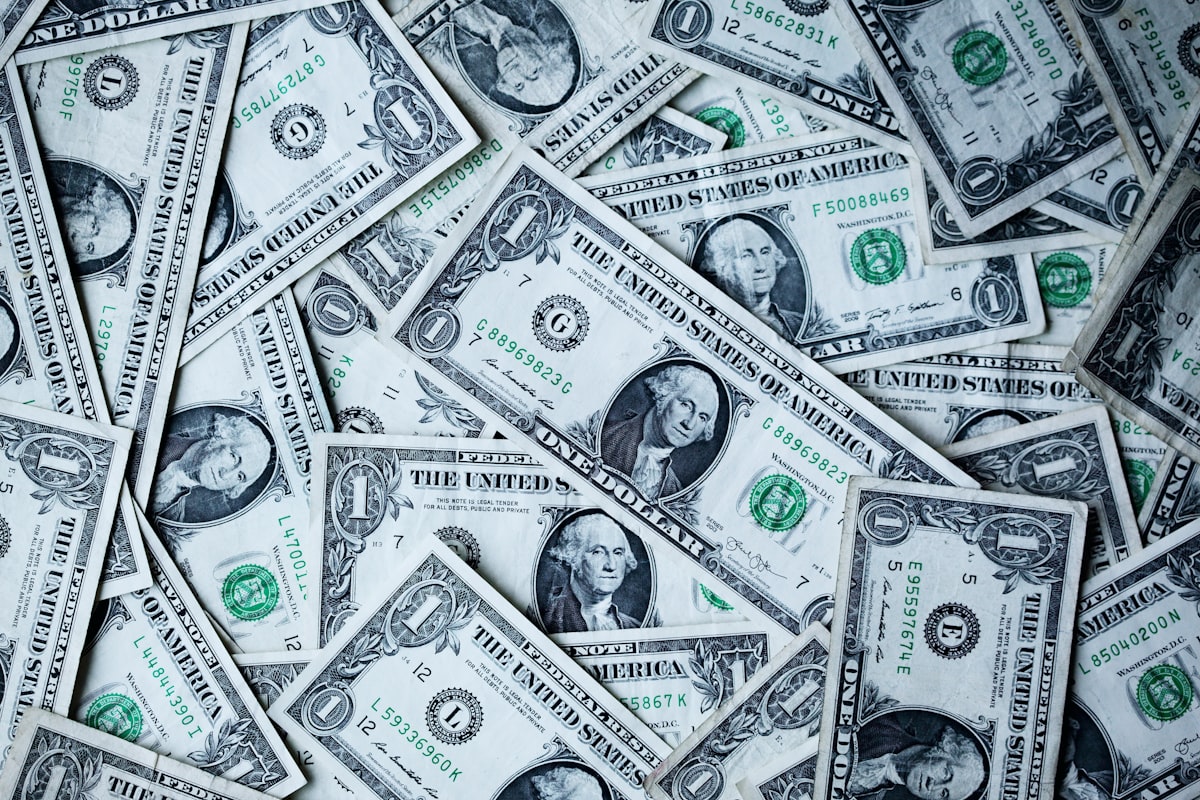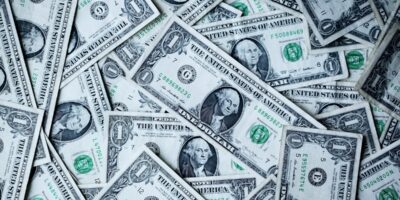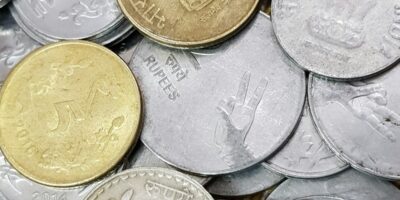Buffalo Nickels for Sale: What You Need to Know
Buffalo nickels, also known as Indian Head nickels, are a type of coin now cherished by collectors. Minted from 1913 to 1938, these coins have a rich history and unique designs that captivate enthusiasts. If you’re interested in purchasing buffalo nickels, there are a few essential aspects to understand.
History and Design

The buffalo nickel was designed by James Earle Fraser. The coin features a Native American profile on the obverse and a bison, commonly known as a buffalo, on the reverse. Fraser’s goal was to create a distinctly American coin. The Native American’s profile was a composite of three tribal chiefs: Iron Tail, Two Moons, and John Big Tree. The buffalo inspiration came from Black Diamond, a bison living at the Central Park Zoo. Over the years, this design has remained one of the US Mint’s most iconic.
Understanding Mint Marks and Dates
For collectors, understanding mint marks and dates is critical. Buffalo nickels were struck in three mints: Philadelphia (no mint mark), Denver (D), and San Francisco (S). Mint marks can be found on the reverse below the denomination. The year side often wears off quickly, so many nickels have the date nearly or completely worn off. This can affect the value significantly. Key dates to note include 1913’s Type 1 and Type 2 variations, the 1921-S, and the 1937-D 3-Legged buffalo.
Grading the Coins
When buying buffalo nickels, grading is essential for determining value. Coins are graded on a scale from poor (P-1, heavily worn) to mint state (MS-70, flawless). Most collected buffalo nickels range from Good (G-4) to Extremely Fine (EF-40). Understanding this scale helps in assessing a fair price. Experienced collectors often seek higher-grade coins, but beginners may start with lower-graded options to build their collections.
Determining Value
Several factors affect the value of buffalo nickels: mint year, mint mark, grade, and rarity. Rare coins, like the 1916/16 doubled die or the 1918/7-D overdate, can command thousands. Ordinary dates in circulated conditions might fetch only a few dollars. Supplies of buffalo nickels are gradually diminishing, so scarcity also plays a role in their valuation. Online resources and price guides are valuable in understanding current market trends.
Where to Buy
Buffalo nickels can be purchased through multiple avenues. Coin dealers often have an inventory, allowing for in-person inspection. Online marketplaces like eBay offer a wide range, but caution is important. Ensure sellers have good reputations and offers come with clear images. Coin shows are another venue, providing a chance for negotiation and comparison. Joining a numismatic club can also offer more trusted transaction opportunities.
Building Your Collection
Starting a buffalo nickel collection can be rewarding. Decide on the type of collection you wish to build. Some gather one coin from each year, others might focus on high-grade examples. Establishing a budget is paramount; it safeguards against impulsive purchases. Understanding the market dynamics will help you buy at the best times. Documenting your collection with photographs and notes can further enhance your enjoyment.
Counterfeits and Common Pitfalls
Like many collectibles, buffalo nickels are not immune to counterfeits. Watch for altered dates or mint marks. Familiarize yourself with the genuine details of these coins to spot anomalies. Using a magnifying glass can assist in close inspection. Compare weights and sizes against standards to catch any discrepancies. Cautiously acquiring from reputable sources reduces these risks.
Caring for Your Coins
Proper care extends the life and maintains the value of buffalo nickels. Store them in a cool, dry place. Use holders or albums specifically designed for coins to avoid scratches. Avoid cleaning them, as doing so can damage the surface and reduce their value. If cleaning seems necessary, consult a professional conservator for advice.
Learning More
If you’re new to buffalo nickels, continued education enhances both collection and appreciation. Books on numismatics provide deep insights into history and collection strategies. Online forums and communities offer support and shared experiences. Engaging with others enriches the hobby, turning potential pitfalls into learning opportunities. As you grow your knowledge, your collection will become more valuable and personally fulfilling.
Recommended Collecting Supplies
Coin Collection Book Holder Album – $9.99
312 pockets for coins of all sizes.
20x Magnifier Jewelry Loupe – $13.99
Essential tool for examining coins and stamps.
As an Amazon Associate, we earn from qualifying purchases.




Subscribe for Updates
Get the latest articles delivered to your inbox.
We respect your privacy. Unsubscribe anytime.